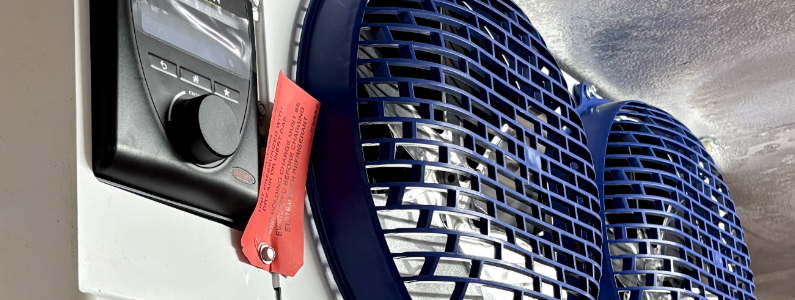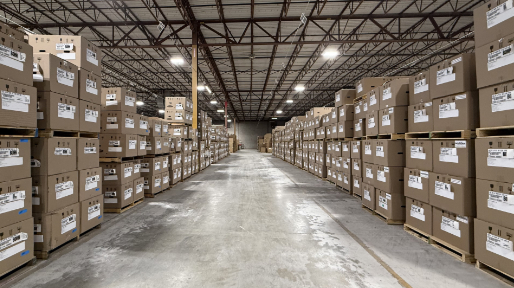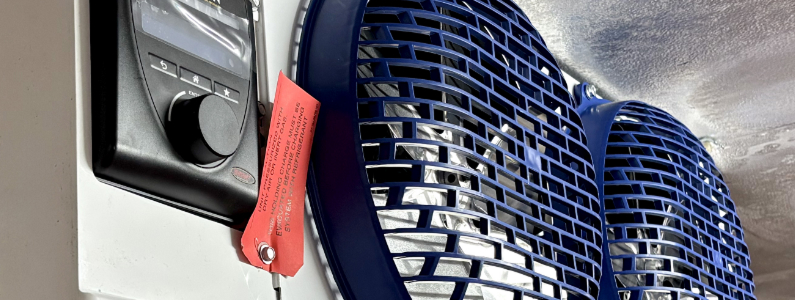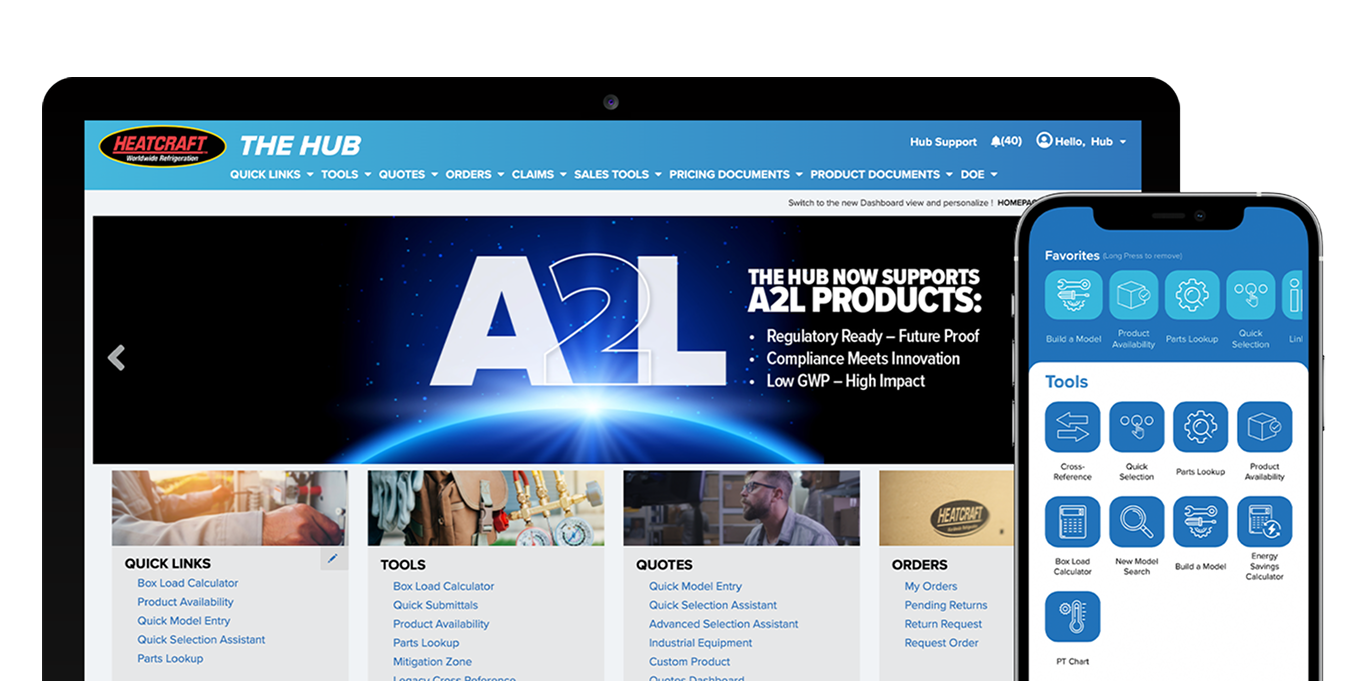
Dual Refrigerant Class Systems
The industry is shifting to A2L refrigerants — and Heatcraft makes the transition seamless.Our dual refrigerant class systems operate on A1 today and easily convert to A2L tomorrow with a simple RDS Kit upgrade.

Simplify Stock. Maximize Flexibility.
Fewer items to track. Less shelf space. Lower risk of stocking the wrong configuration. Better forecasting without refrigerant-specific guesswork.

Sell now. Switch later.
Not every customer is ready to transition to A2L refrigerants – and that’s okay. Heatcraft’s dual refrigerant class systems remove that hesitation by offering flexibility.

No surprises. Just solutions.
You won’t be caught off guard by local mandates or forced into costly, last-minute retrofits. Instead, you’ll be ready - with continuity, confidence and control.

Tools that support every step
- Refrigerant compatibility tools.
- Safety and compliance guidelines.
- Parts lookup and product specs.
- Charge calculators and install resources.
Technical Resources
Sales Tools
Compliance & Training
Dual-Refrigerant Systems FAQ
- Why is Heatcraft offering dual-refrigerant systems?
- Do dual-refrigerant units cost more upfront?
- Why not just wait and buy an A2L system later?
- Could future UL changes make Heatcraft’s dual-refrigerant design obsolete?
- What if the AIM Act or refrigerant regulations change under a new administration?
- What refrigerants do Heatcraft’s dual-refrigerant units support?
- How does Heatcraft’s dual-refrigerant approach help distributors and wholesalers?
- What should I tell a customer who is still on the fence about A2Ls?
Why is Heatcraft offering dual-refrigerant systems?
Heatcraft designed dual-refrigerant systems (HFC-A1 and HFO-A2L) to make refrigerant transitions easier for contractors, wholesalers and OEMs. This approach future-proofs customers against regulation changes while reducing inventory complexity and costs under today’s regulations.
Still Have Questions About A2Ls?
Talk to a Product Expert or Request a Call.
